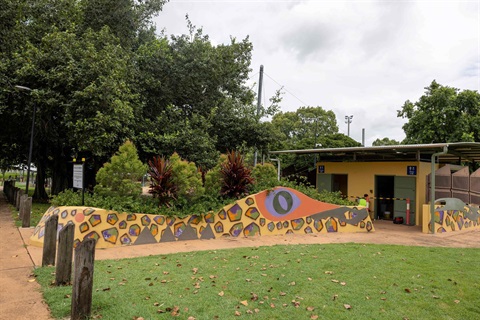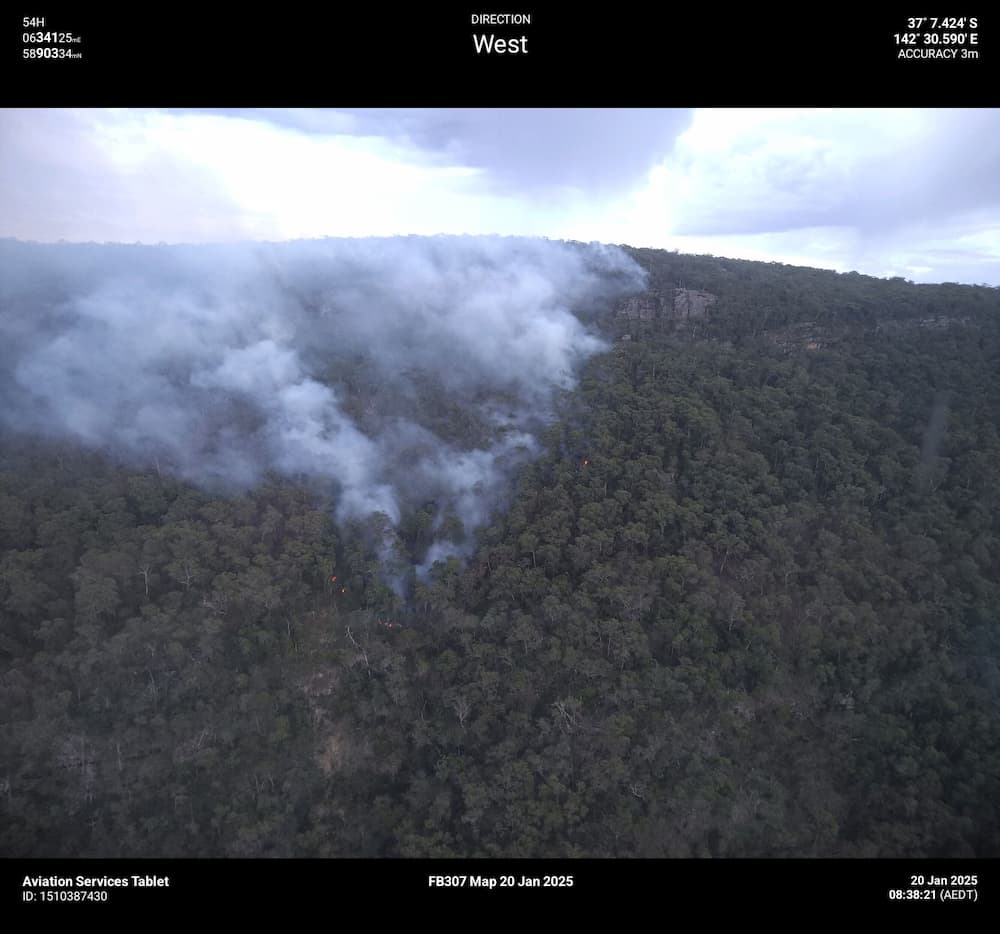A simulation shows city-wide installation of photovoltaic solar panels on roofs could raise temperatures during the daytime and lower them at nighttime.
Widespread coverage of building rooftops with conventional photovoltaic solar panels may increase temperatures on hot days and lower them at night, says new modelling.
The research led by Dr Ansar Khan from the University of Calcutta and co-authored by used mesoscale (weather system) simulations due to the absence of available observational data for rooftop photovoltaic solar panels (RPVSPs) to model their impact on local climate conditions at the city-scale. They found that in a scenario with complete RPVSP coverage in a city, the urban temperature could increase in the day up to 1.5°C during peak summer periods and decrease at nighttime up to 0.6°C.
The findings, published recently in , don’t suggest that PVs aren’t an important renewable energy solution in the transition away from fossil fuels. Instead, the researchers say it highlights the opportunity to develop integrated solutions for RPVSPs, such as reflective materials for rooftops and greenery combinations, to balance their many benefits with their potential drawbacks in urban environments.
“Photovoltaic solar panels are a significant renewable energy technology, but they can change the local conditions of cities when installed on rooftops at scale,” says Prof. Santamouris, the Anita Lawrence Chair in High-Performance Architecture at . “Understanding these changes is crucial for decision-makers considering city-wide RPVSP usage and the strategies needed to deploy them effectively.”







